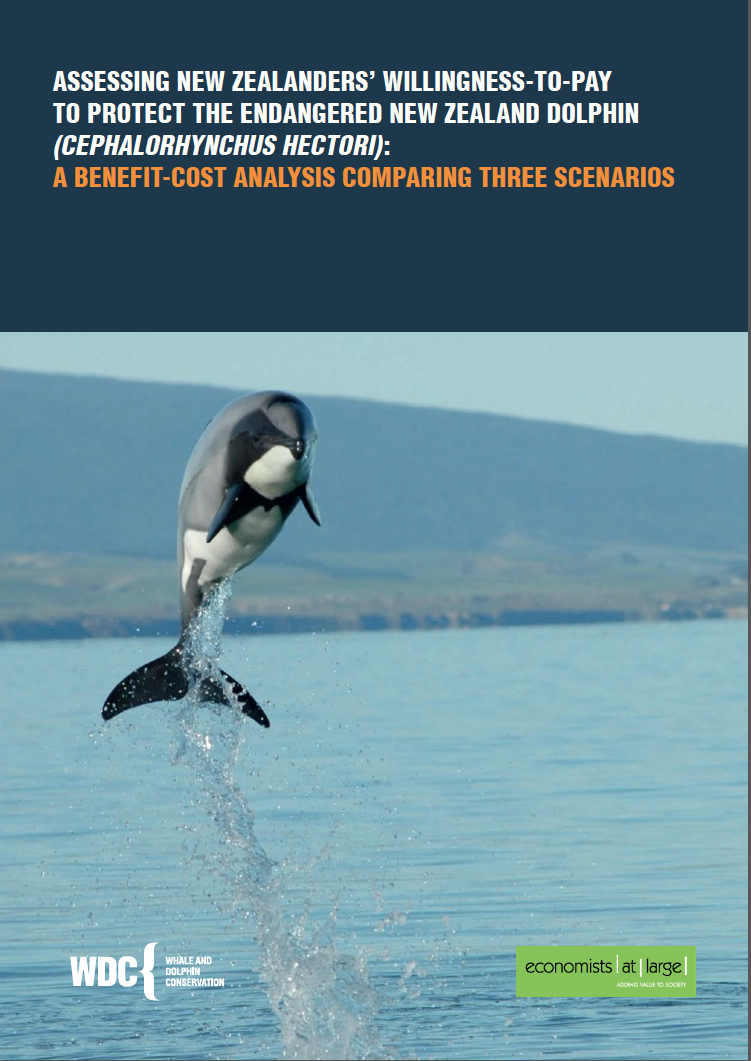Sustainable agriculture in watersheds and vulnerable coasts
- Institutional support to producers in organizing themselves, to better engage with the local and regional markets and implement a more uniform plan and approach; reduce market competition and provide more inclusive access to production activities.
- Promotion of more sustainable agricultural potential products, such as Ylang-Ylang used for perfume production, using more efficient, sustainable and resource-efficient technologies. For example, using copper stills and providing better distillation techniques that allow growers to also enter the production chain and command a better price for a better quality product. Agro-forestry techniques reduce the amount of primary fuelwood needed for the stills, and reduce impacts on the watersheds for the island.
- Developing market-gardens and vegetable production to supply tourist facilities, such as hotels, restaurants, yachts within Comoros.
As above, the revitalization of collaborative planning and action, shared governance and better trust between actors is an essential step.The Comoros supplies 80% of the world’s ylang-ylang, so an existing market and practice is in place, but such a global market is fragile. Engaging the interest of leading sourcers of ylang-ylang, and convincing them to support sustainability in their sourcing is an important factor that enables more environmentally and socially responsible production. Proven transferable techniques and methods are available for ylang-ylang
The key lesson is that existing markets and resource opportunities should be the first to be developed, adapted and made more sustainable than looking at the very high transaction costs of introducing new alternatives.
The link to sustainable production in watersheds and the quality of water, and reduced impact on coral reefs is not an obvious one, and can be forgotten once programmes are up and running. Maintaining a connection through awareness-raising, collaboration between sectors, and regular engagement is essential for long periods of time. An initial campaign may start the right track, but messages may soon be relegated if they are not maintained.
Products such as ylang-ylang are part of a global market. As such, the commitment from sources and buyers, along the chain of production, is essential to avoid catastrophic market failures in the future. Using consumer groups and networks to encourage company buy-in to sustainability at source is an important contributing factor.
